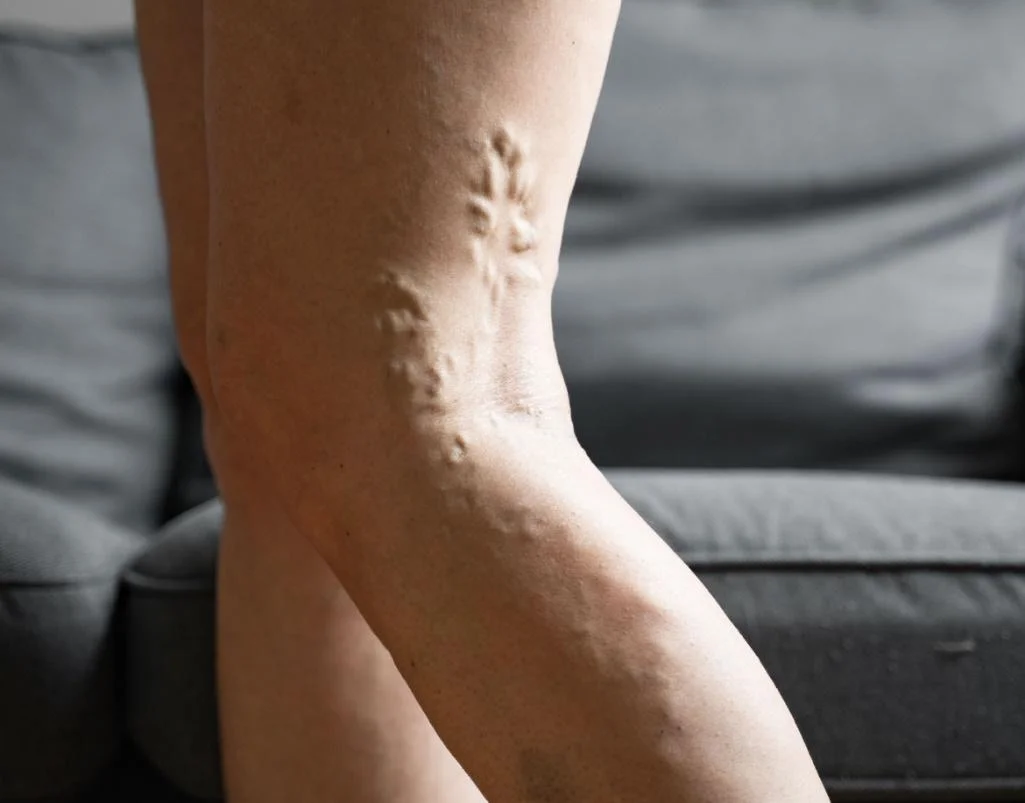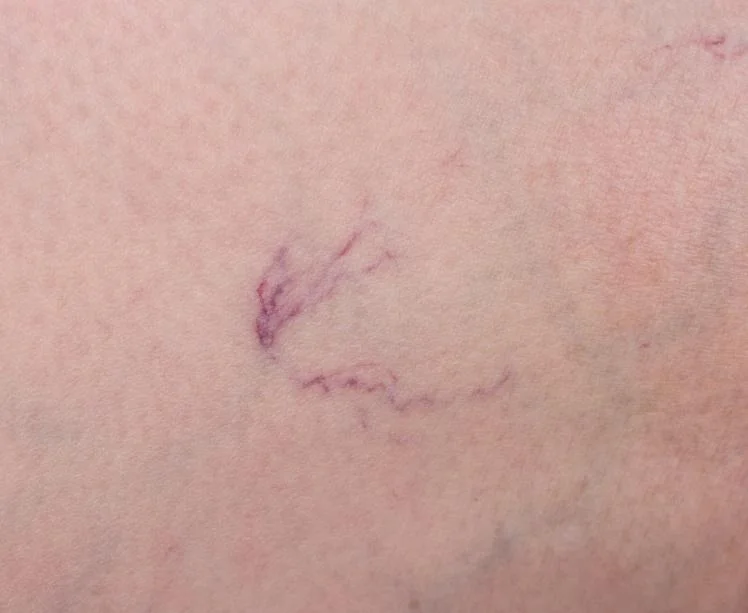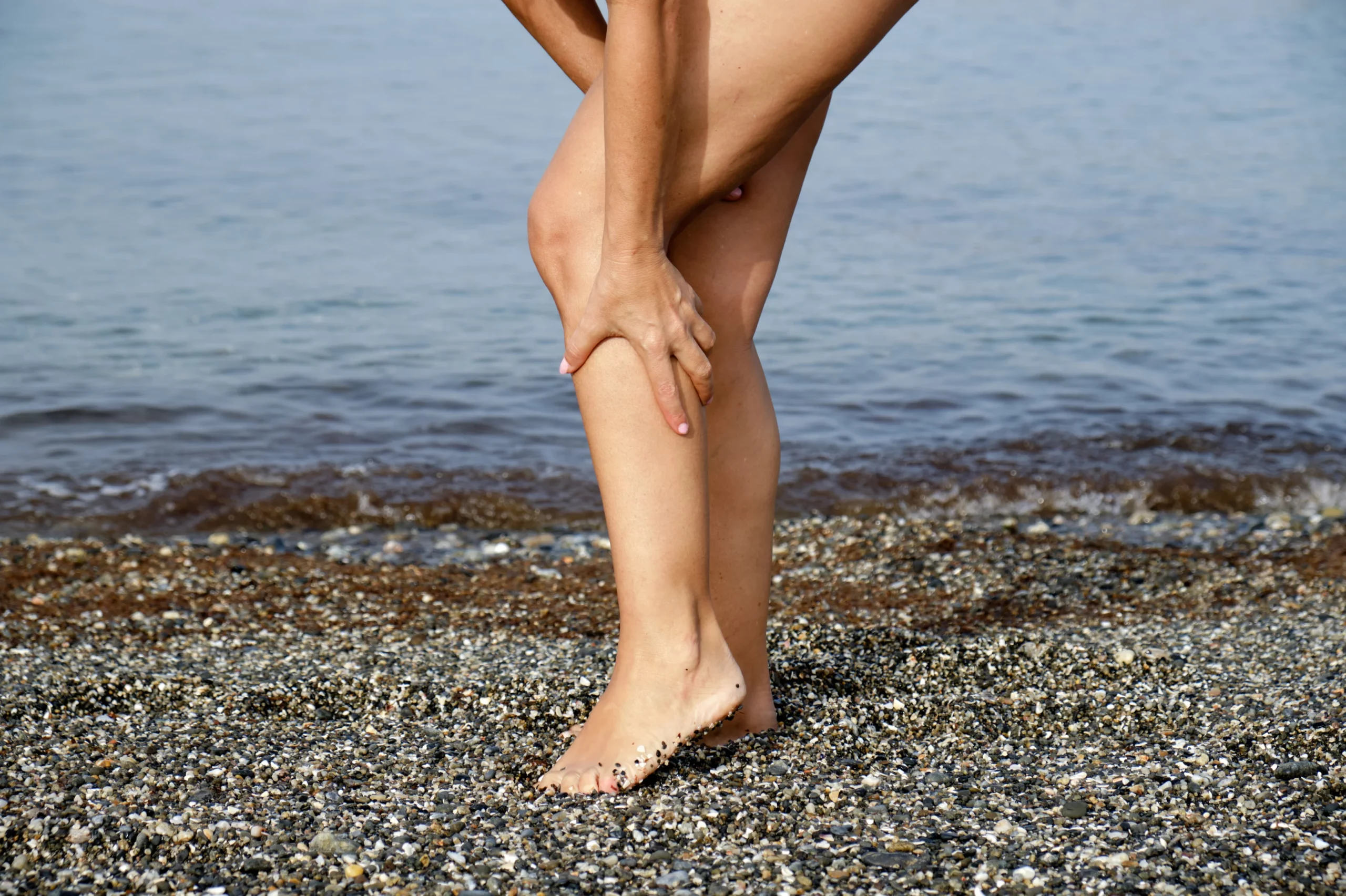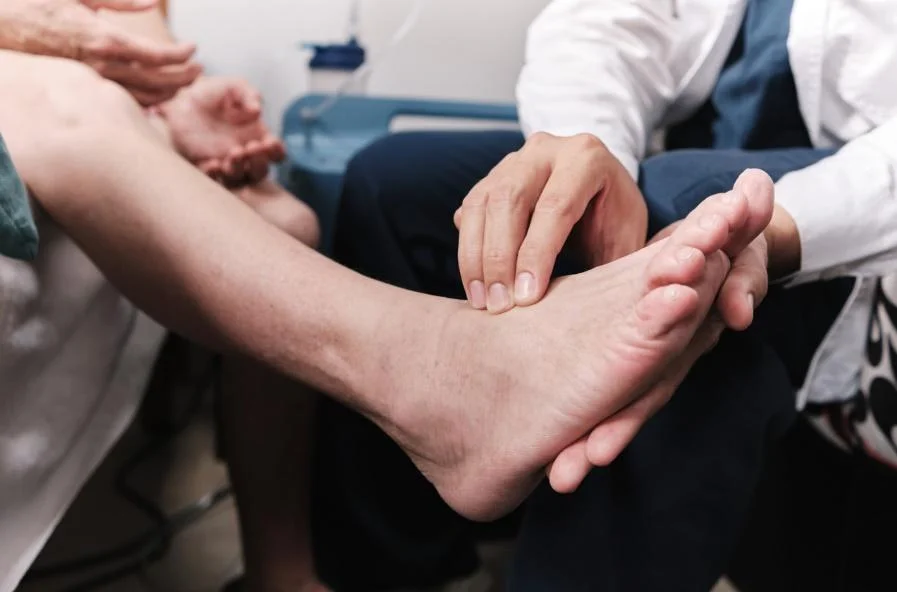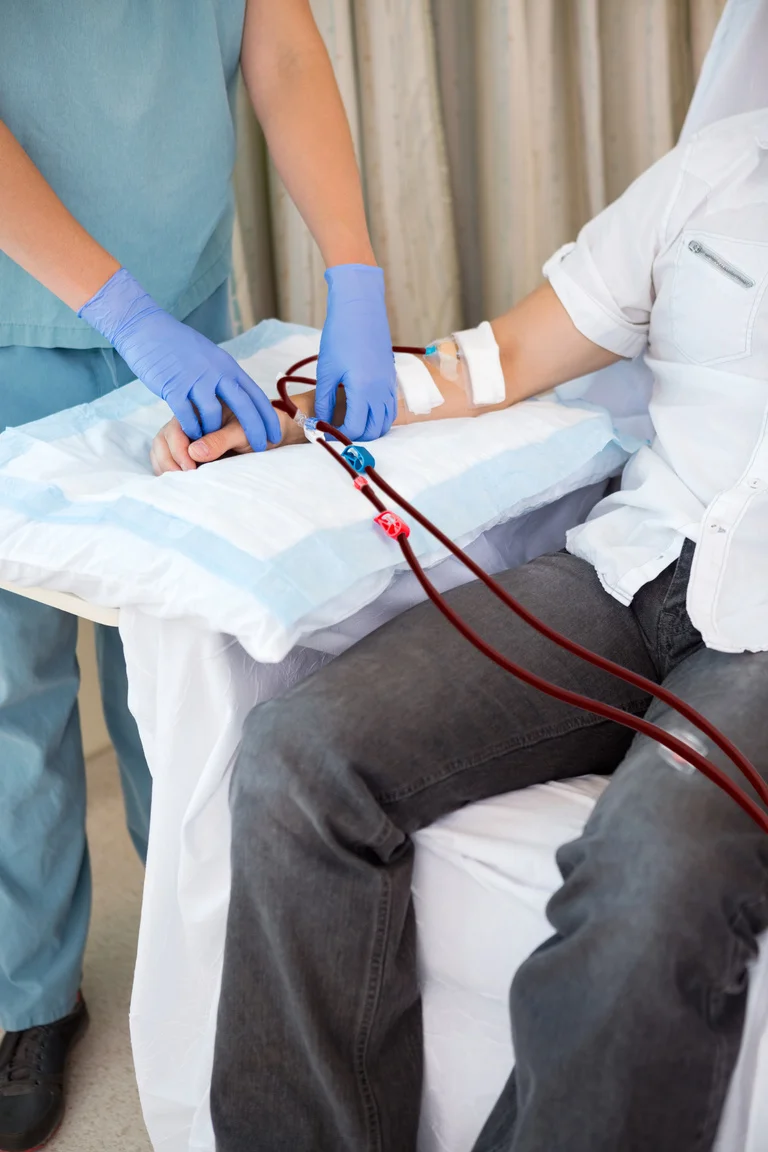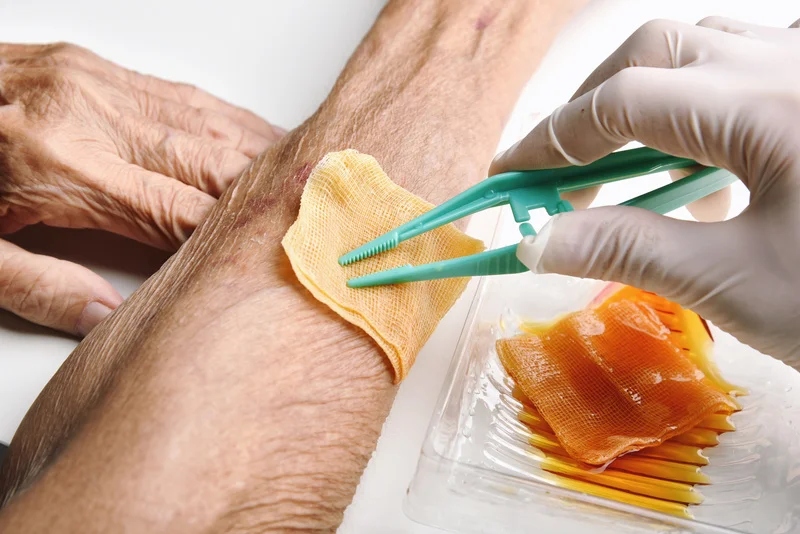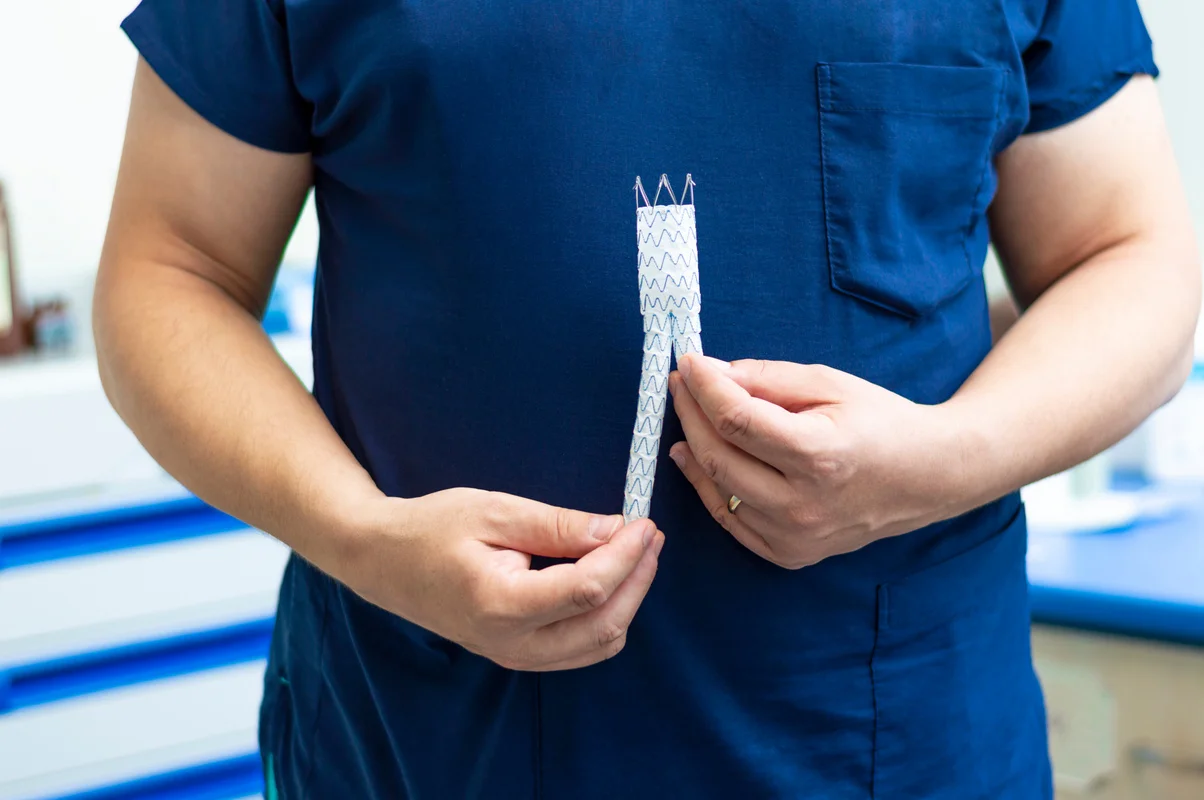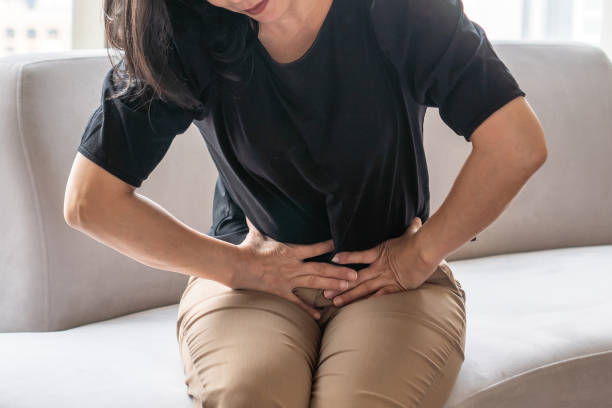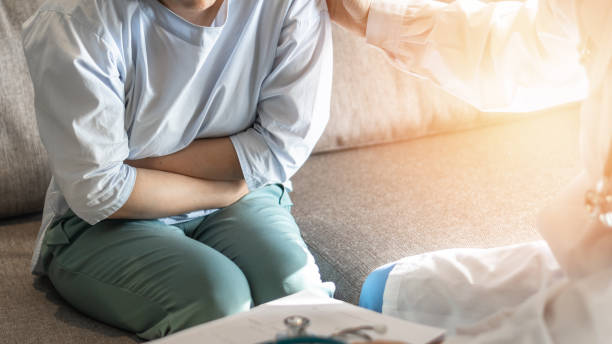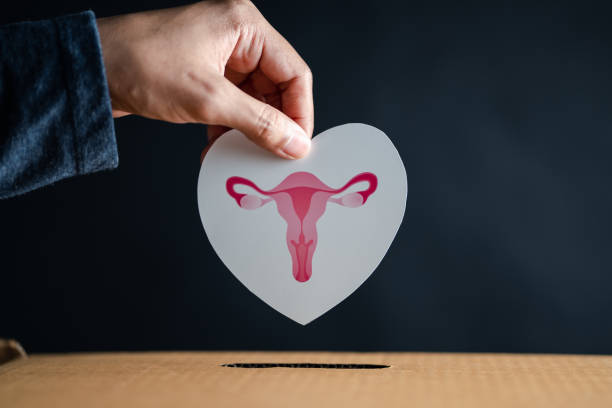Varicose vein treatments today are mostly minimally invasive, with fast recovery times and no need for hospital stays. But proper aftercare still plays a key role in ensuring the best results — both for symptom relief and cosmetic outcomes.
If you’ve just had treatment (or are planning to), here’s a simple guide on what not to do after vein surgery and how to help your legs heal well.
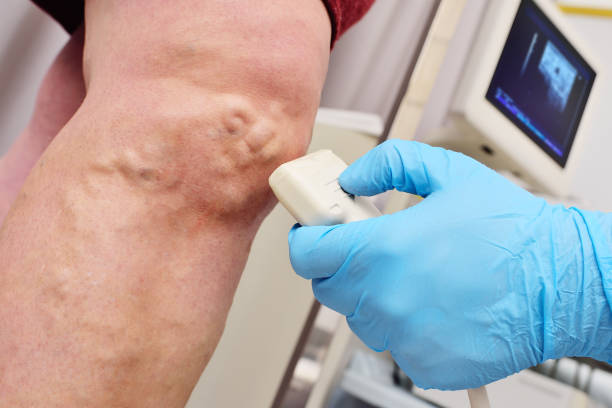
Post-Surgery Care for Varicose Veins: Why It Matters
Procedures like Radiofrequency Ablation (RFA), ClariVein, and VenaSeal work by closing off faulty veins so that blood is redirected to healthier ones. After treatment, your body gradually reabsorbs the sealed vein over time. During this period, your actions — particularly in the first two weeks — can make a difference in how smoothly and quickly you recover.
What Not to Do After Vein Surgery: Top Things to Avoid
1. Prolonged Sitting or Standing
Staying still for too long, especially in one position, can reduce circulation in the legs and increase your risk of swelling or blood clots. If you work at a desk or travel shortly after your procedure, make sure to:
- Take short walks every hour
- Flex your ankles regularly
- Elevate your legs when resting
2. Strenuous Exercise or Heavy Lifting
While gentle walking is encouraged, avoid high-impact workouts, strength training, or intense stretching for at least a week (sometimes longer, depending on the treatment). These activities can strain healing tissues or increase pressure in the treated veins.
3. Skipping Compression Stockings (if prescribed)
Not everyone needs compression stockings after vein treatment, but if your doctor recommends them — especially after RFA or phlebectomy — wear them consistently for the full duration advised. They help reduce swelling, support circulation, and improve overall results.
4. Hot Baths, Saunas, or Steam Rooms
Avoid excessive heat during the early recovery period. High temperatures can dilate blood vessels and increase inflammation, which may interfere with the healing process.
Stick to quick, lukewarm showers for the first week or so, and avoid soaking in tubs or saunas until cleared by your doctor.
5. Sun Exposure on Treated Areas
If you’ve had any visible surface veins treated, especially with sclerotherapy, protect the area from the sun. UV exposure can lead to pigmentation changes or make residual bruising more noticeable. Cover treated areas or use sunscreen when outdoors.
6. Wearing Tight Clothing
Very tight jeans, leggings, or waistbands can restrict blood flow and delay recovery. Opt for comfortable, breathable clothing that allows your legs to move freely and encourages good circulation.
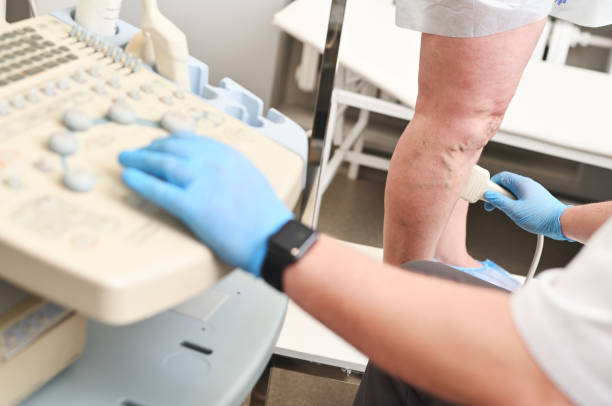
What You Should Do Instead
While it’s important to avoid certain things, here’s what you should focus on in your aftercare:
- Walk regularly — even a few minutes every hour makes a difference
- Stay hydrated
- Elevate your legs above heart level when resting
- Follow all post-treatment instructions from your vascular surgeon
- Attend your follow-up appointments to monitor healing and results
Struggling with Varicose Veins?
Explore safe and effective treatment options with Dr. Darryl Lim.

Final Thoughts
The good news is that with modern treatments like Radiofrequency Ablation, ClariVein, and VenaSeal, recovery is usually straightforward. Knowing what to avoid after vein surgery can help prevent setbacks and give your body the best chance to heal — leaving your legs feeling lighter, more comfortable, and looking better over time.
Dr Darryl Lim offers minimally invasive varicose vein treatments in Singapore, along with personalised aftercare advice to support your recovery. If you’re planning a procedure or have questions about recovery, his team is here to help.
FAQ
When can I exercise again after vein treatment?
You can usually return to light exercise like walking right away. Avoid heavy lifting or high-impact activities for at least 7–10 days unless advised otherwise.
Do I really need compression stockings?
It depends on your treatment. They’re commonly used after RFA or phlebectomy, but not always needed after ClariVein or VenaSeal.
Can I travel after vein surgery?
Short travel is usually fine, but for long flights, speak with your doctor. Compression stockings and regular movement are important if flying soon after treatment.


